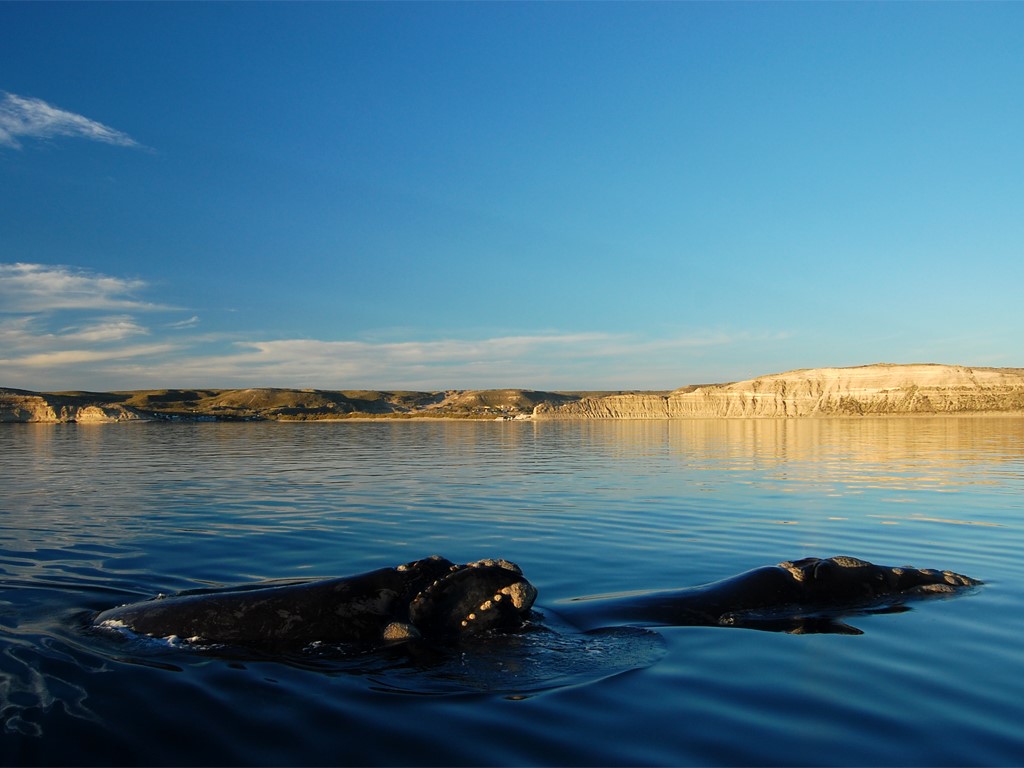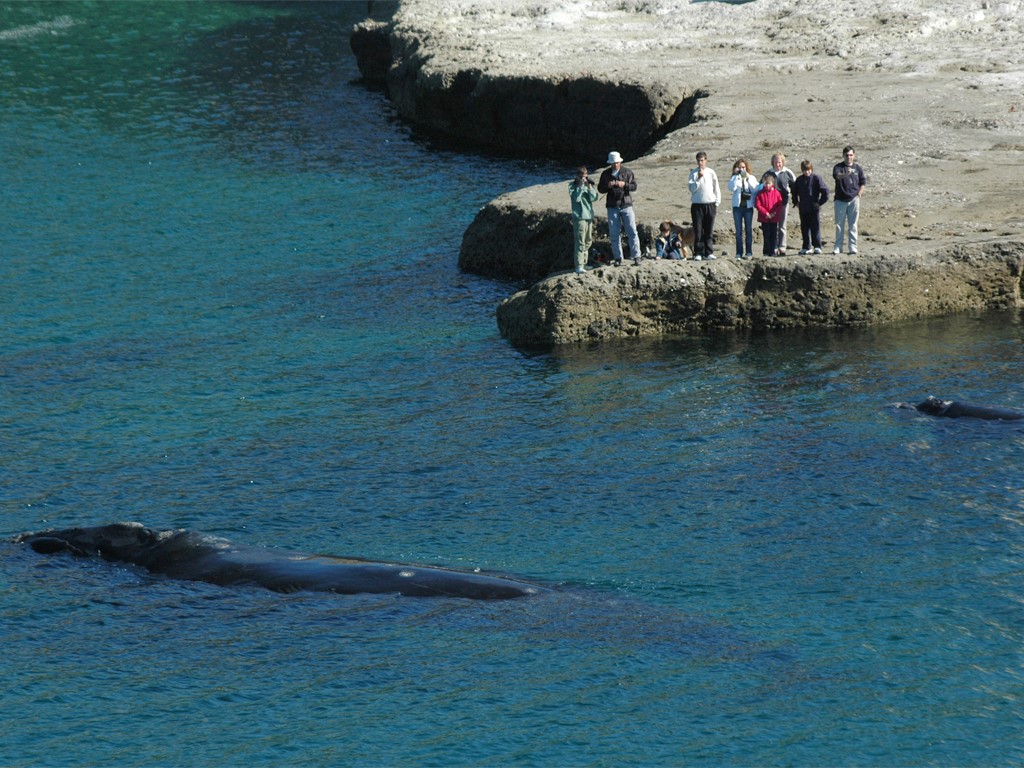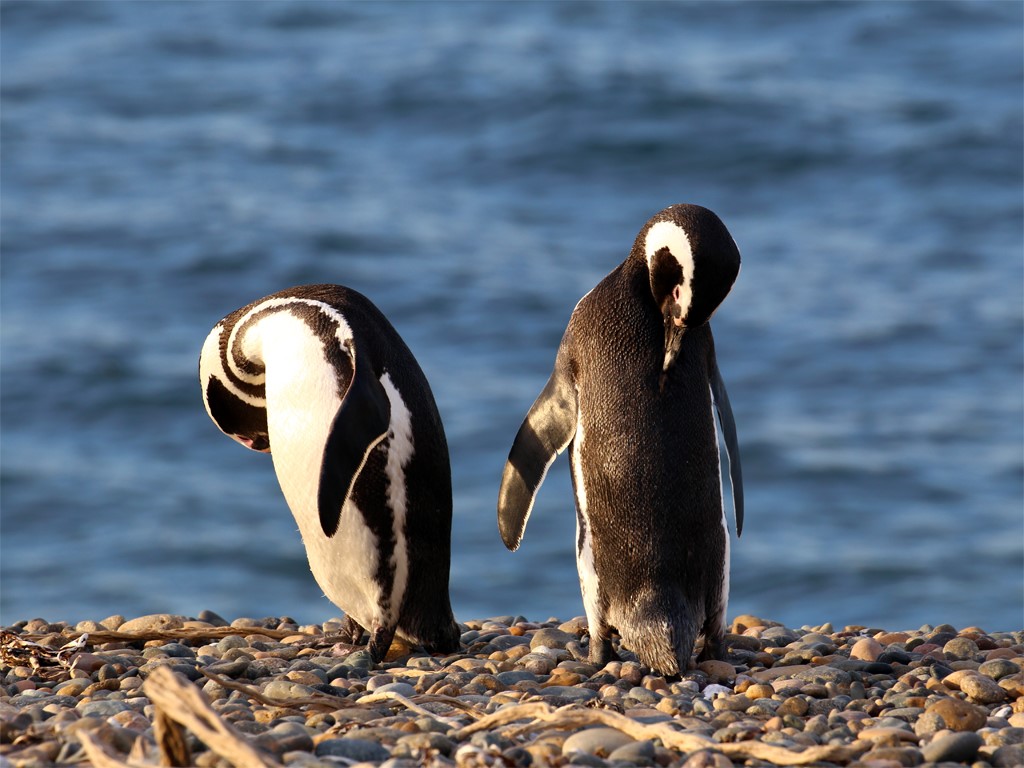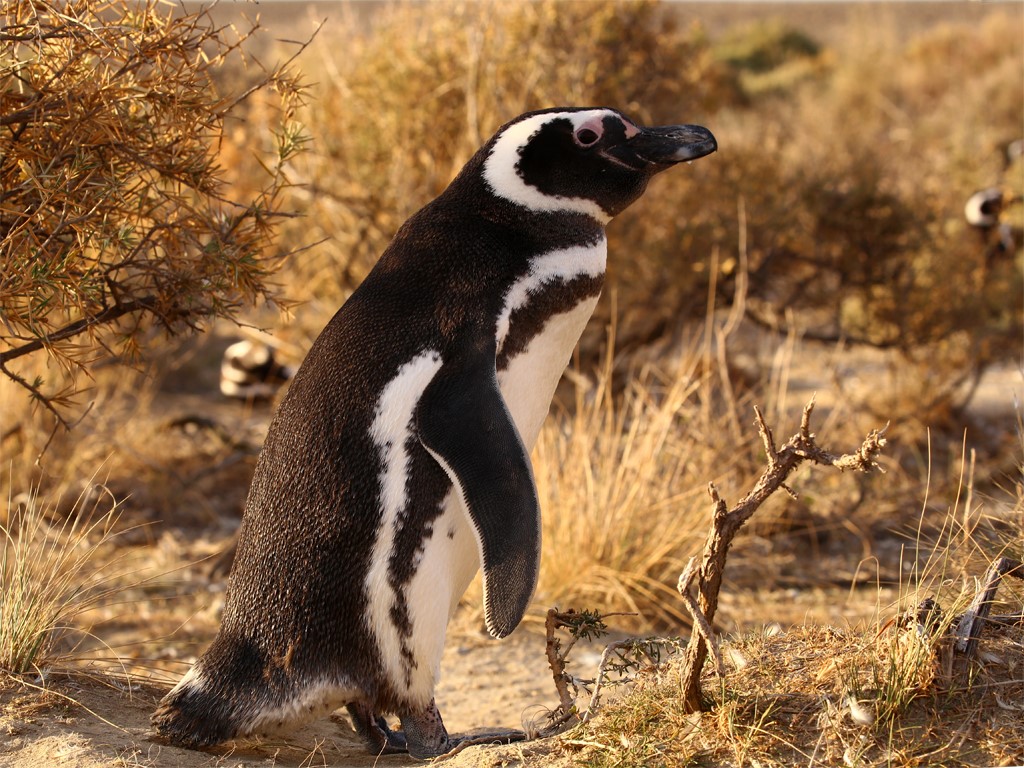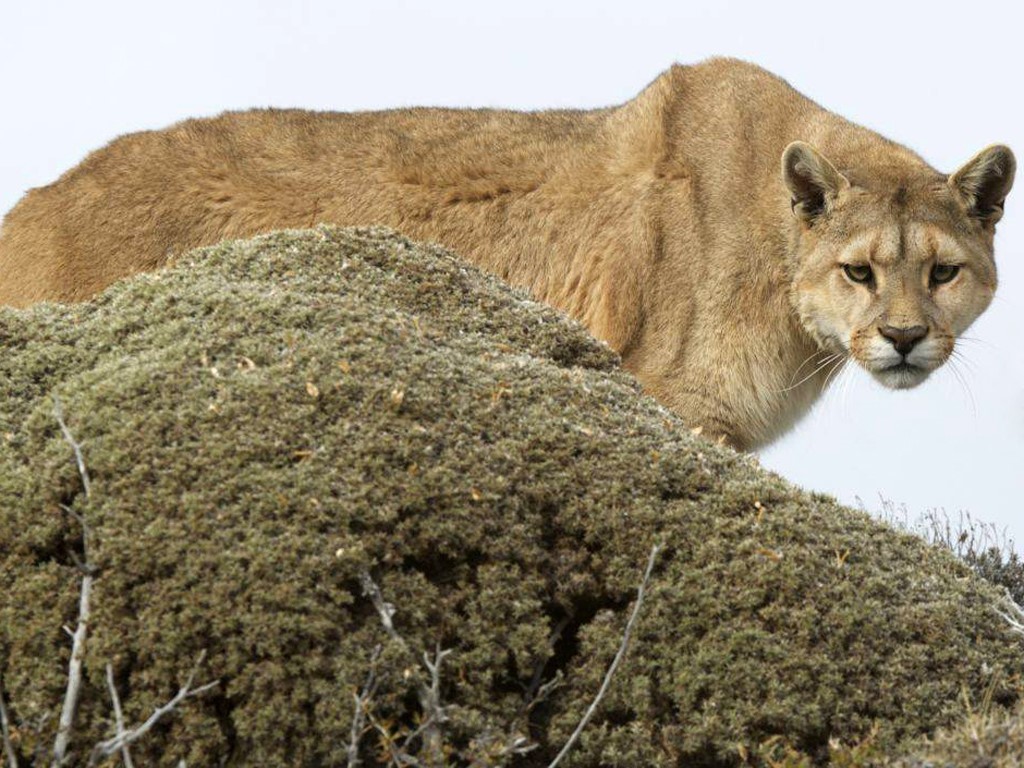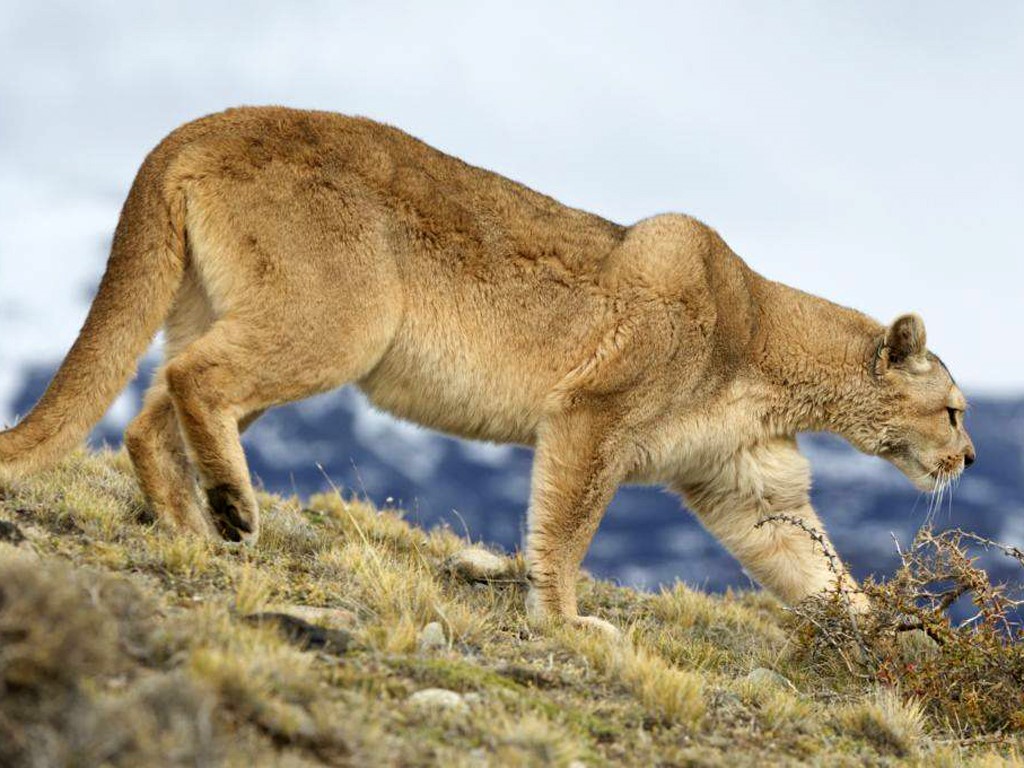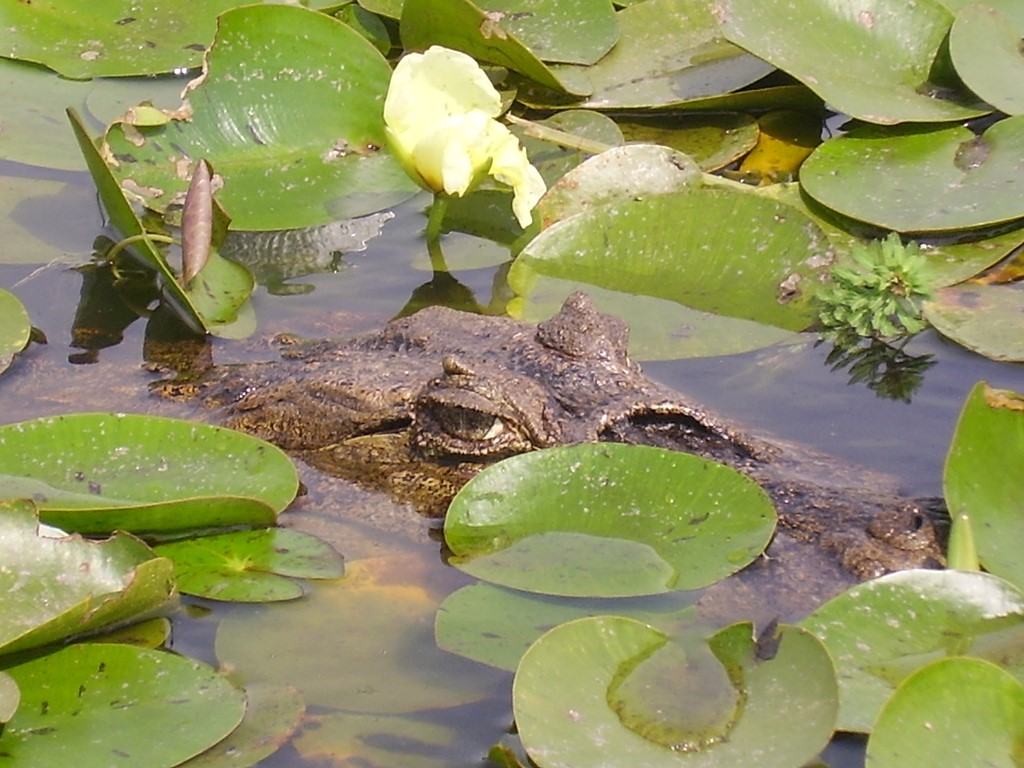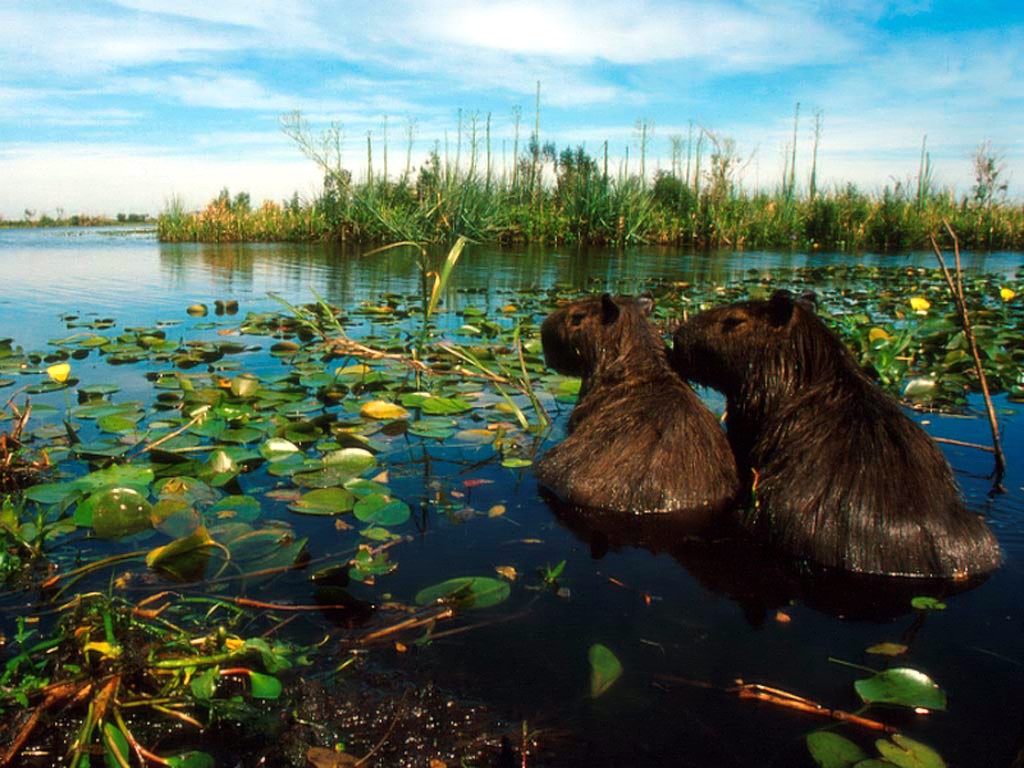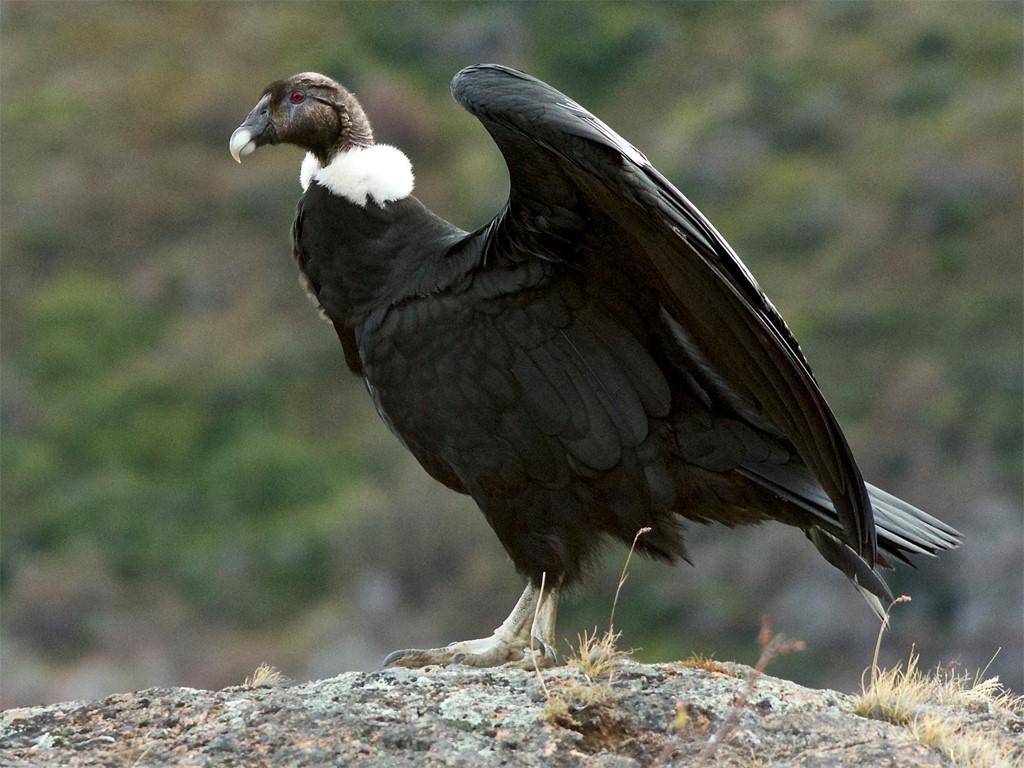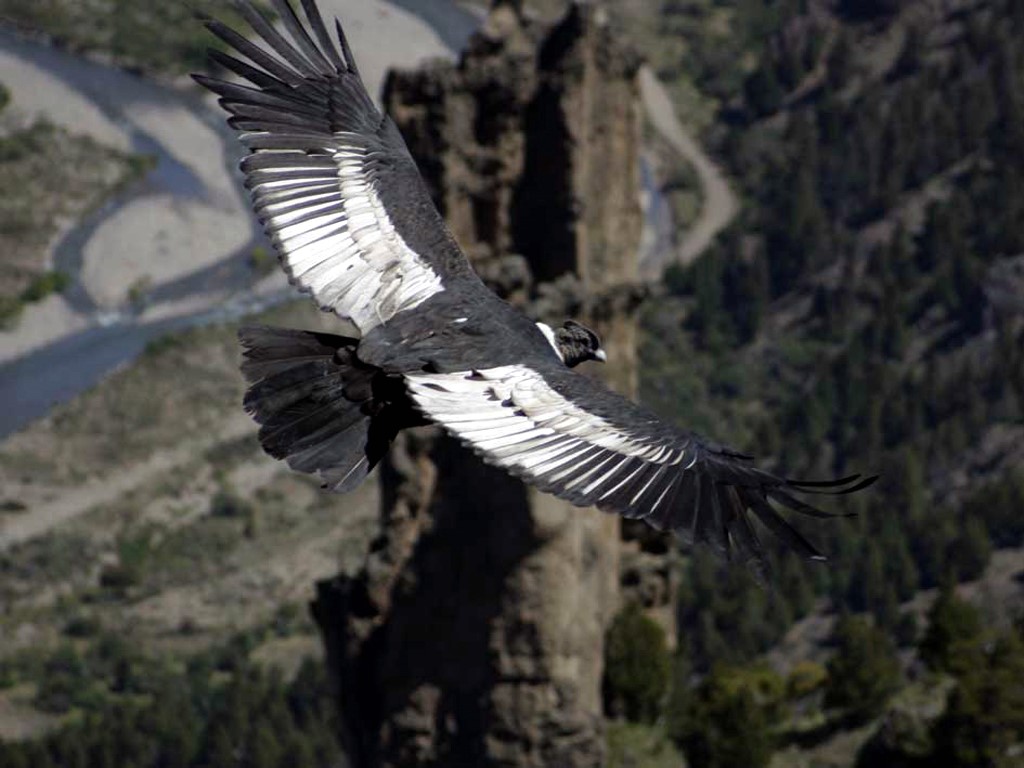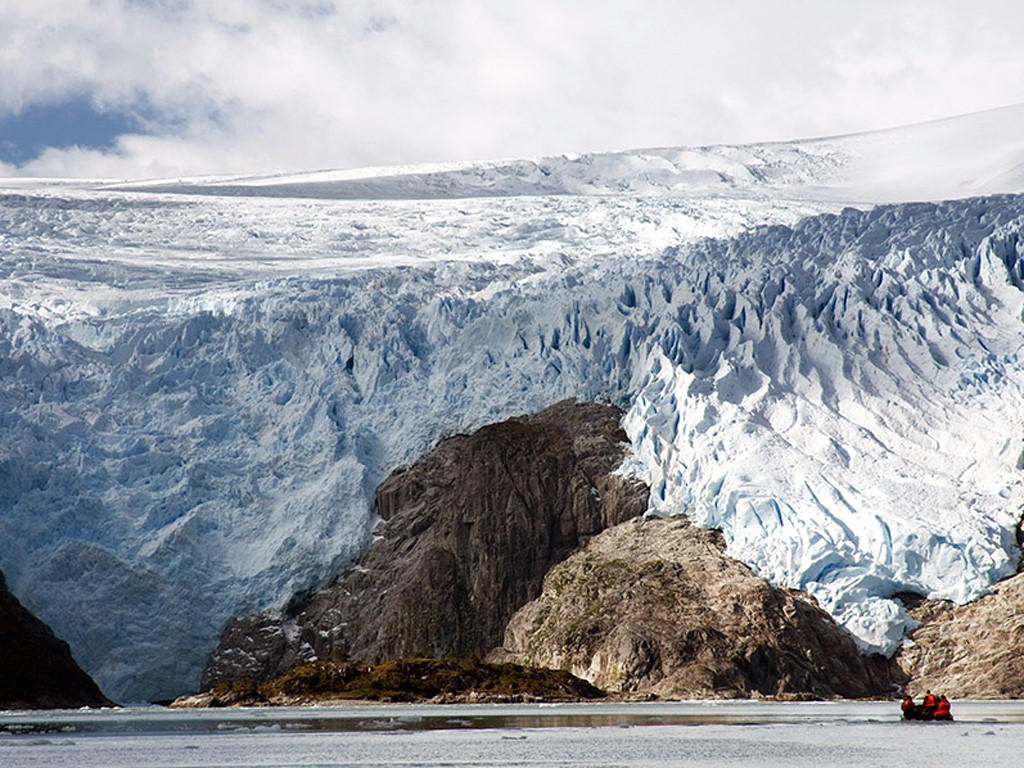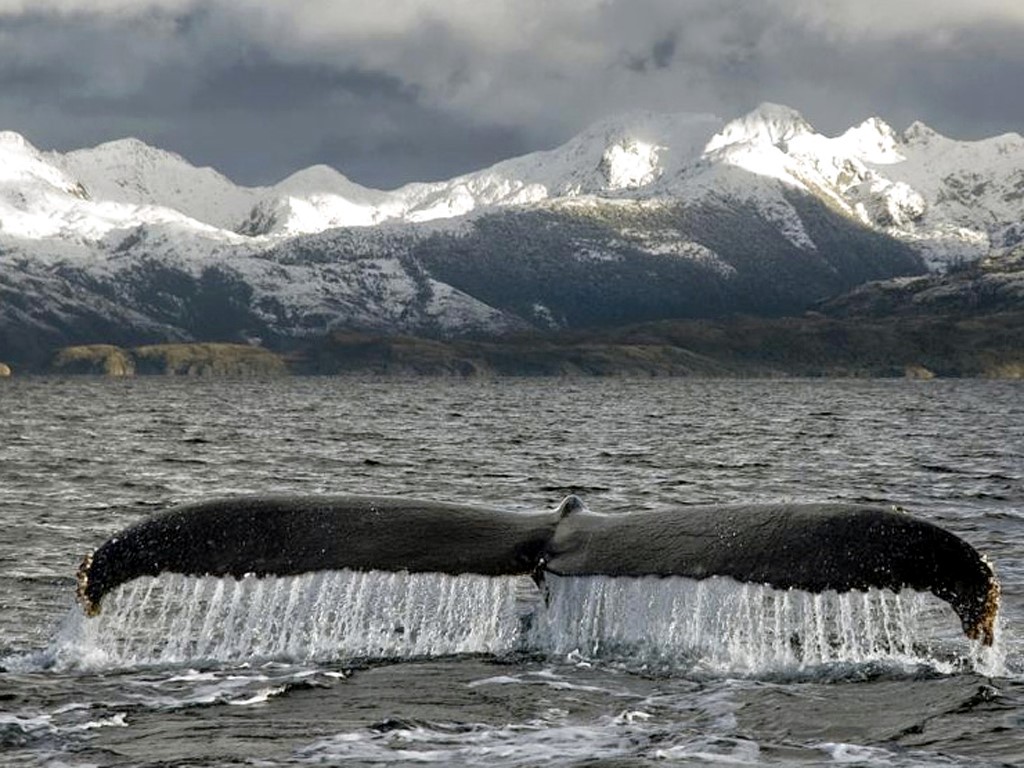Chile and Argentina will offer you moments where you can contemplate a rich, varied and wild fauna, particularly in Patagonia.
The Argentinian and Chilean fauna is characterized by its very varied geographical origin, its high rate of endemism as well as by a great diversity. I offer you “photo safaris”, a tailor-made trip focused on the observation of animals. Condors, guanacos, whales, elephant seals, sea lions and wolves, penguins, orcas, dolphins… to name a few; there’s no shortage of sites to discover and no shortage of unusual encounters. You still have to be in the right place, at the right season… Here are some examples of photo safaris that I offer, knowing that many others are possible and in other regions than those presented below.
Grandiose spectacle in Argentinian Patagonia
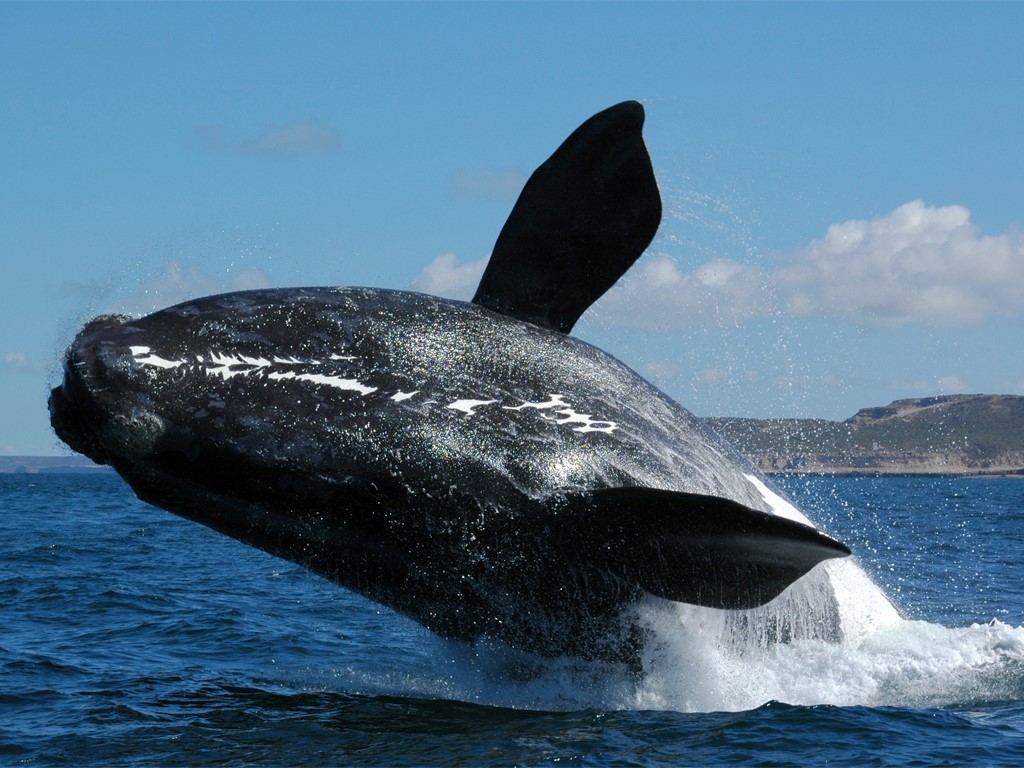
Photographing the whales of Argentinian Patagonia
This is surely one of the greatest and most astonishing spectacles in all of Patagonia, and certainly in all of Argentina. From the beginning of June to mid-December, southern right whales come to the waters of Peninsula Valdes to breed.
You can admire them from a boat departing from Port Pyramides “Puerto Pirámides”, and from a beach at high tide, and witness this unique moment. You’ll feel at the end of the world, facing these colossal mammals. Its population was estimated at 7,000 individuals. The southern right whale measures 13 to 17 m and weighs 30 to 50 tons. It mainly inhabits the Antarctic, the South Pacific and the Indian Ocean, where it feeds on plankton.
Every year, in the southern winter, these whales can be seen at the time of reproduction and giving birth. Whale watching has become one of the basic tourist activities in Argentina. It’s easy to observe the courtship of the males to obtain the favors of the courted female, from the beach or from a boat.
Among thousands of penguins

Photographing Magellanic penguins
Punta Tombo is the place in the southern hemisphere where there is the largest concentration of penguins. The site is located 180 km south of Puerto Madryn. Here are the Magellanic penguins. An incredible spectacle where you can observe thousands of penguins as far as the eye can see and approach them very, very closely. At the height of the year (from September to the end of March), you can walk among 1 million penguins (yes, you read that right: 1,000,000!!!). A unique and unforgettable spectacle.
The season runs from September to April, when birds arrive on the coast to nest and protect their chicks. The spectacle is sumptuous and difficult to explain with words… You have to see it to believe it! This place is teeming with penguins, there are as far as the eye can see and you could touch them because they feel so safe there. Don’t miss this visit to the Punta Tombo reserve to observe and photograph the Magellanic penguins(?).
The wildcat of Patagonia
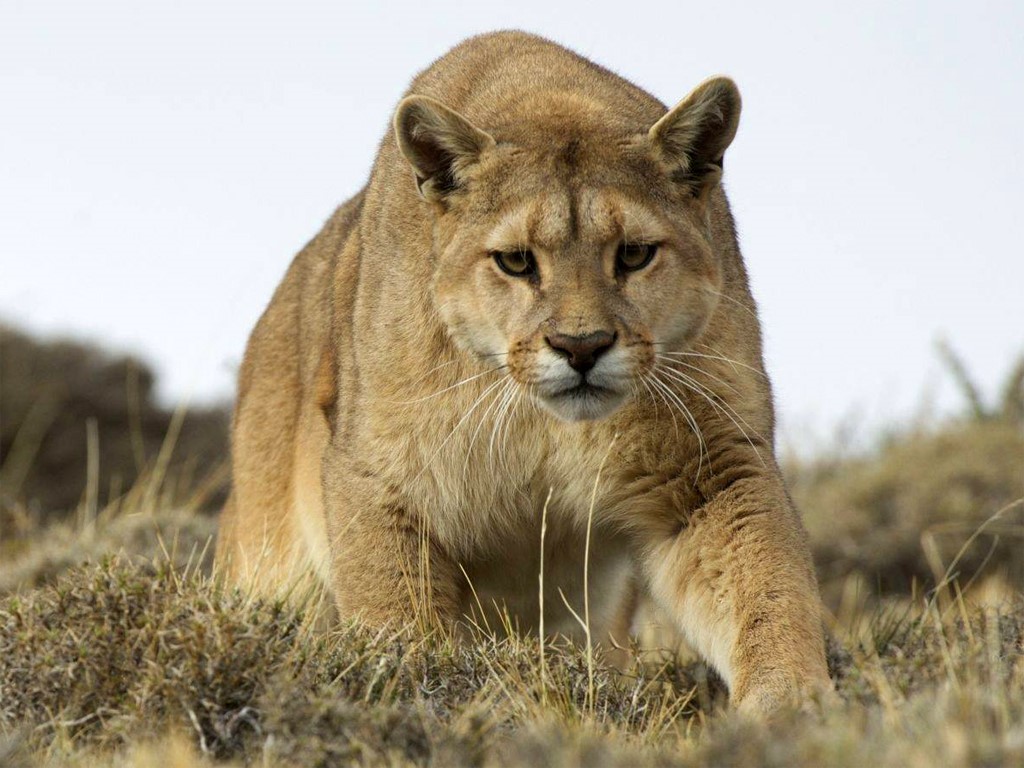
On the trail of the Puma
The Puma is one of the largest carnivorous predators on the American continent. A trip to Patagonia will be an opportunity to observe it. Of course, you’ll have to be patient and often dedicate several days to it.
The puma is a solitary animal, quite difficult to observe, very territorial. Carnivorous, it often attacks large mammals like guanacos, which provide valuable clues to locate it. But on some sites, it’s practically guaranteed to see it, sometimes even only twenty meters away!
In the vast expanses, with landscapes of steppes and rocks, pumas like to hide in caves to sleep. But when the day breaks and at dusk, they come out to stretch their legs and go eat. This will be the time to photograph them!
Endemic fauna of Corrientes
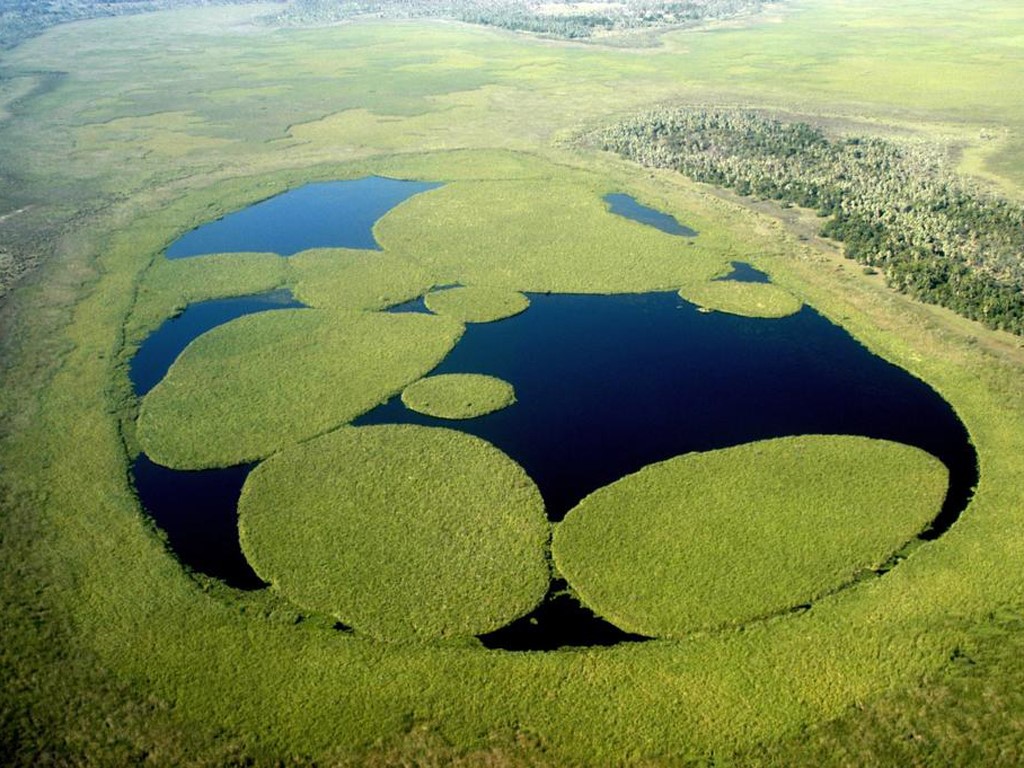
Photo safari at the Iberá Ponds
Only surpassed in size by the Brazilian Pantanal, the Esteros del Iberá are the second largest wetland on the South American continent. They form a complex hydrographic system – the Iberá macrosystem, within which an extremely rich and diverse tropical ecosystem develops. An ideal and special place for a photo safari of endemic animals! And I can organize a dream visit for you.
In fact, due to its geographical location and fairly difficult access, the area has a rich and varied native fauna. It includes many species including the marsh deer, the pampas deer, the capybara “Carpincho”, the howler monkey, the maned wolf “Aguará guazú”, the broad-snouted caiman “Yacaré overo” and “Yacaré negro”, the curiyú anaconda, the South American river otter, as well as a huge variety of birds. There are also many turtles and lizards including the overa iguana.
The wild peaks of Patagonia
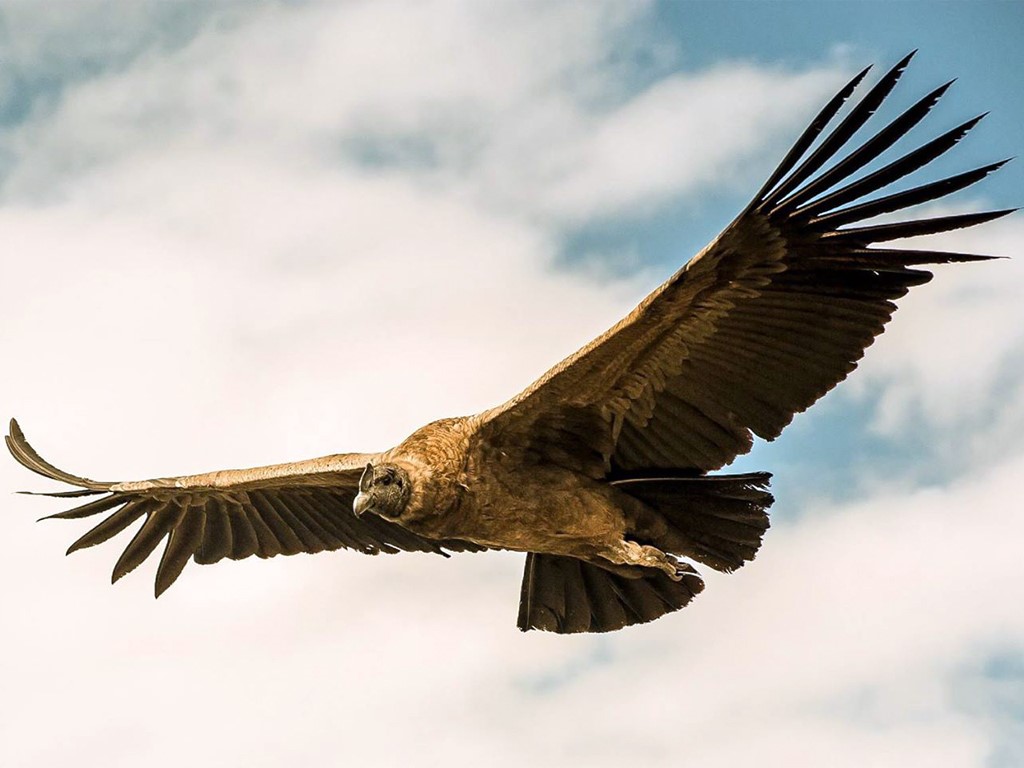
Condor Photo Safaris in Patagonia
From the Meiling Shelter “Refugio Otto Meiling”, after a 4-hour walk in the high mountains, you’ll arrive at Punta de los Cóndores, where you’ll have a high probability of seeing condors and taking a photo safari dedicated to these magnificent birds. Allow 8 hours of walking there and back. Not to be missed on Cerro Tronador!
There are also many other places to observe condors: in the steppe, near the peaks, at certain mountain passes, etc. These places always require a certain effort to get there, but the spectacle is there. Also, observing condors flying, while being higher than them, is something indescribable.
In order to provide my clients with an exclusive service when observing these condors, I cannot disclose the names of these locations, so do not hesitate to contact me!
Impressive Shows
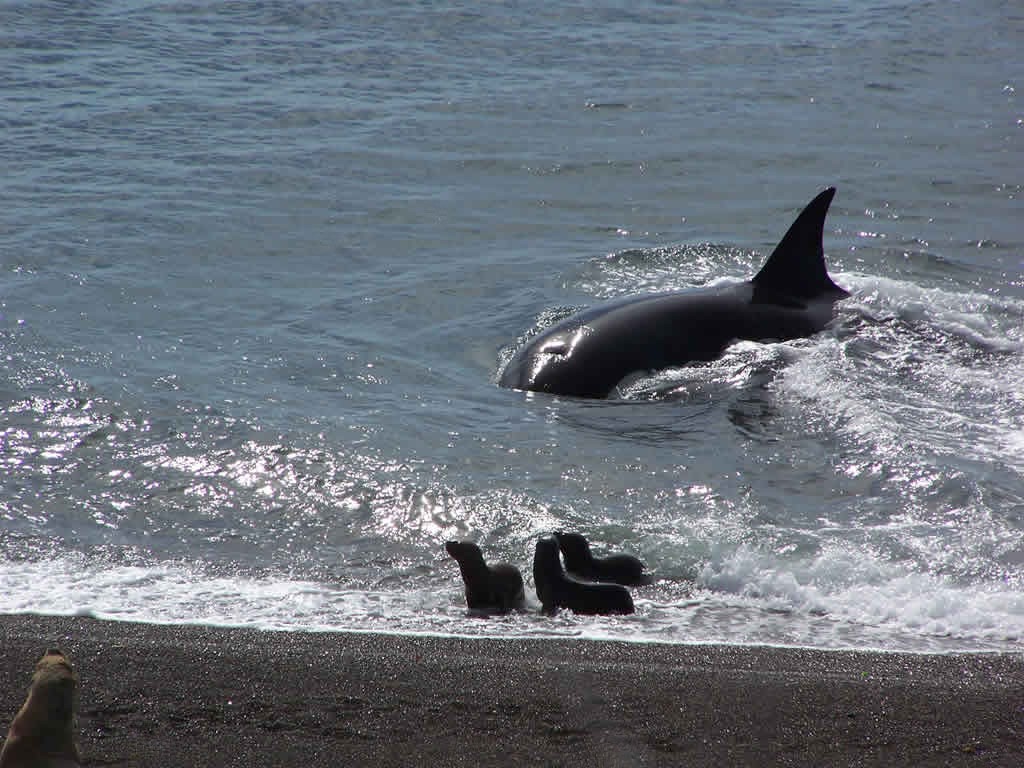
Photographing orcas in their natural environment
The Valdes Peninsula “Península Valdes” is the place in the southern hemisphere where there’s the greatest concentration of marine animals. With a total area of 4,000 km² – the horizon as far as the eye can see, a lot of wind – where nothing but a few estancias remain!
The orca is, without a doubt, the other big “star” with the whale of the Peninsula Valdes. The best time to observe them is the months of March and April, from Punta Norte. The spectacle is mind-blowing: the orcas come to the beach to try to eat the baby sea lions that are taking their first “steps” in the sea. The orca risks its life to access its prey, because the killer whale could run aground on the beach…
To photograph them, you’ll need a lot of patience and a stopover at an estancia that owns hundreds of kilometers of virgin coastline. Whole days of observation of these “killer whales” are organized, during which you’ll most certainly be able to count among your fellow travelers: photographers from the “National Geographic”…
In the south of Chilean Patagonia
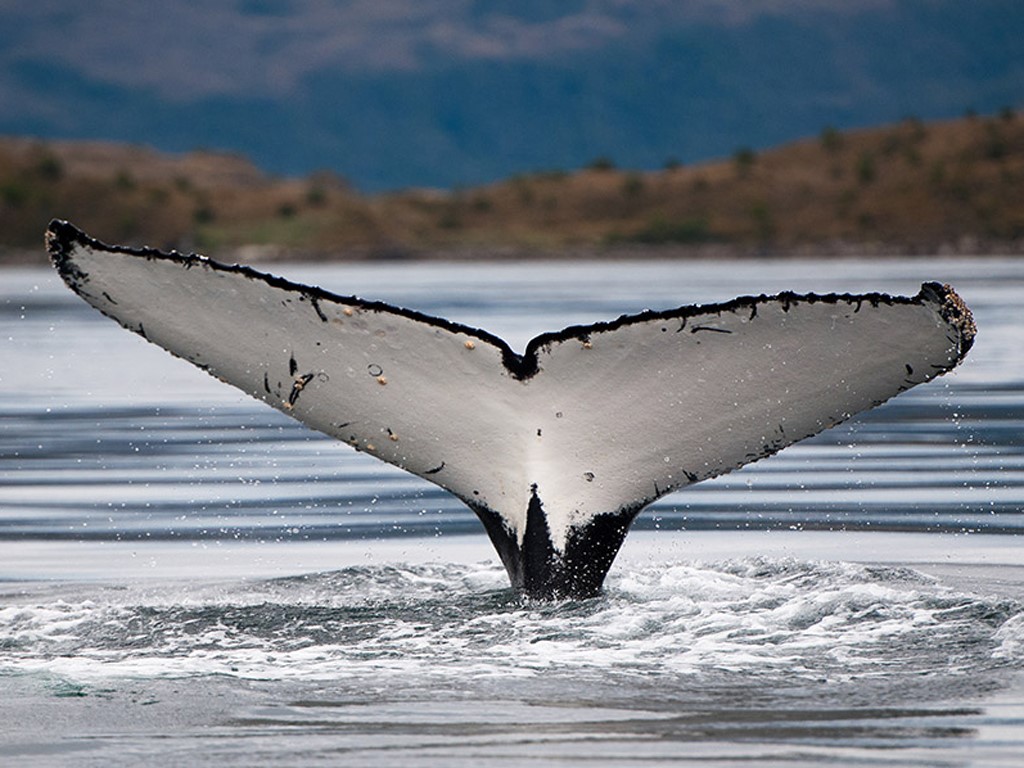
Photo safari at Francisco Coloane National Park
You’ll discover Carlos 3 Island, with its grandiose spectacle that takes place in a totally protected environment: the marine fauna of this island and its surroundings. You’ll be able to observe the “jorobadas” whales (humpback whales), one of the 12 species of whales recognized in the world for these artistic figures in the water. In this surreal scenery at the end of the world, you’ll be on board one of the rare boats sailing in the area, in admiration of these mammals.
The second day on Carlos III Island, you’ll make 2 outings to observe humpback whales, sea lions, penguins, albatrosses… and a glacier (without a name)! In a scenery at the end of the world flown over by cormorants. Sometimes, you can see orcas passing through the area.
The third day, a morning outing before the 8 o’clock at sea to return near the lighthouse of Cape San Isidro, on the Brunswick peninsula. Meals and dinners are planned at the island’s camp where comfort is guaranteed, despite the isolation of the site. You’ll be able to discuss for hours and hours with the few scientists who study the behavior of these whales, and who know how to recognize them and differentiate them from each other. Three of them are Jorge Guevons, Patricio Caceres and Juan Capella. Juan Capella spends 4 months on the island before following the whales to Colombia, where they migrate every year.
Wildlife of the Southern Lands
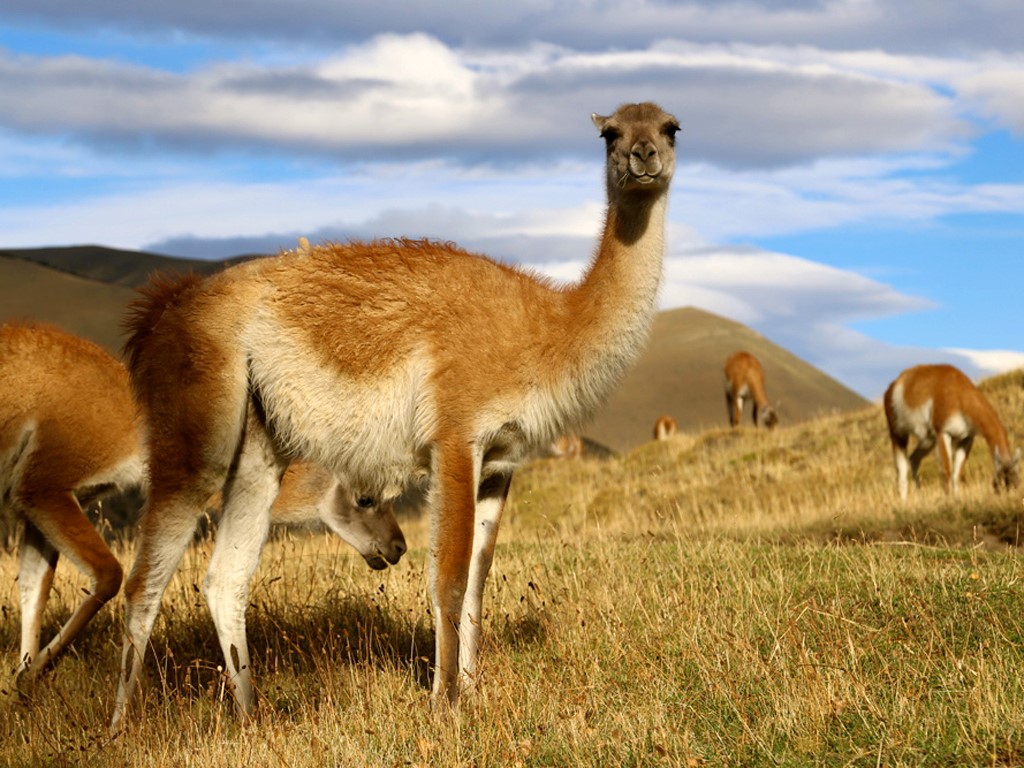
Photographing the Guanacos of Patagonia
In Patagonia, in several places, you can observe and photograph guanacos. These animals are wild by nature and resemble llamas, a little smaller in size. They are mainly seen in the Patagonian steppe, a fairly arid area. These animals are protected, they are not too fearful and let themselves be approached easily.
Sometimes you’ll come across large herds of guanacos. In fact, the main places where there’s a large presence of guanacos are the Valdes Peninsula, on Route 40 south of Esquel in Argentina, the Torres del Paine National Park in Chile…
 English
English Español
Español Français
Français